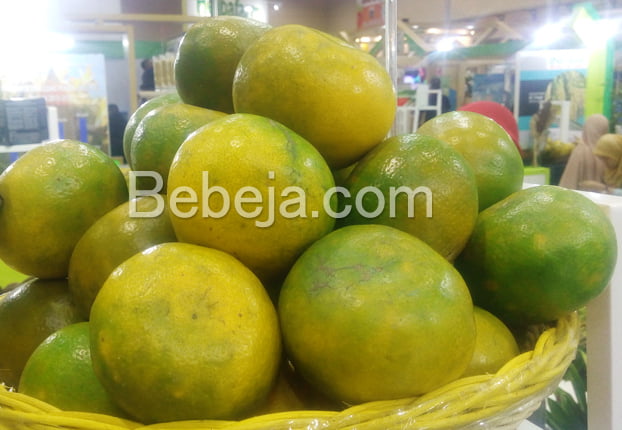For decades, medan honey oranges have been renowned as sweet siamese oranges that taste like honey and are completely sour free. Karo oranges and sadu oranges are two names for medan honey oranges that are farmed in Karo Regency (North Sumatra) and Bandung Regency. Medan honey oranges measure up to 4-5 pieces per kilogram, are aromatic and are simple to peel.
Cultivation
Medan honey oranges thrive in warm, subtropical, and tropical climates. They require a minimum temperature of 10 degrees Celcius and are sensitive to frost. Select a spot that enjoys excellent drainage and receives ample sunlight.
The soil should be well-drained and slightly acidic to neutral. Get the soil ready by plowing it to a depth of a minimum of 12 inches (30 cm) and mixing in organic materials such as compost. Perform a soil analysis to confirm the correct pH levels.
Medan honey orange trees can be grown from seeds, but it’s more common to use grafted saplings for consistent fruit quality. Plant them during the rainy season or when there’s enough moisture. Maintain a distance of no less than 10-15 feet between each tree.
Medan honey orange trees need regular watering. Ensure the soil remains consistently damp, but take care to prevent waterlogging. Mature trees can tolerate some drought but should be watered during dry spells.
Apply a balanced micronutrients fertilizer during the growing season. Follow recommended rates based on the age and size of the tree. Prune the tree to maintain its shape and remove dead or diseased branches. Regular pruning can improve air circulation and fruit production.
Keep an eye out for common citrus pests such as aphids, mealybugs, and scales. Use appropriate pesticides or organic methods to control these pests. Check regularly for diseases such as citrus canker and take steps to prevent their spread.
Medan honey oranges are usually ready for harvest in late summer or early autumn. They should be picked when fully ripe as they will not continue to ripen after harvest. Use pruning shears to pick the fruit from the tree, making sure to leave a small stalk attached. Store honey oranges in a cool, dry place for short term use. For longer storage, they can be refrigerated.
